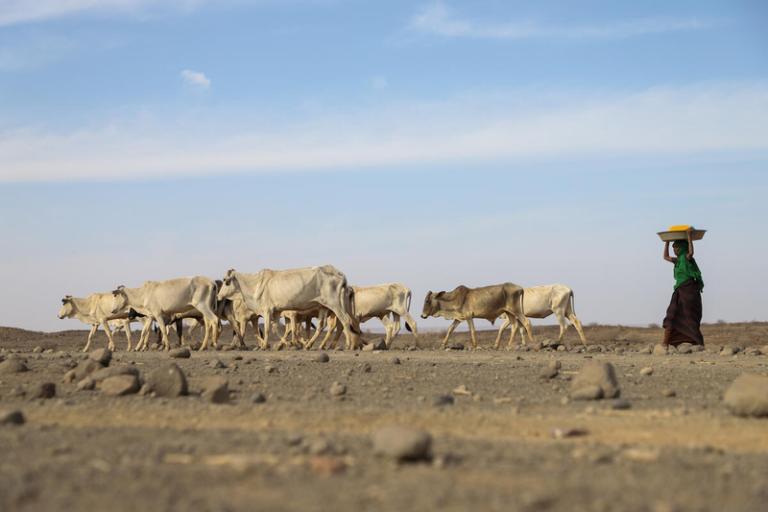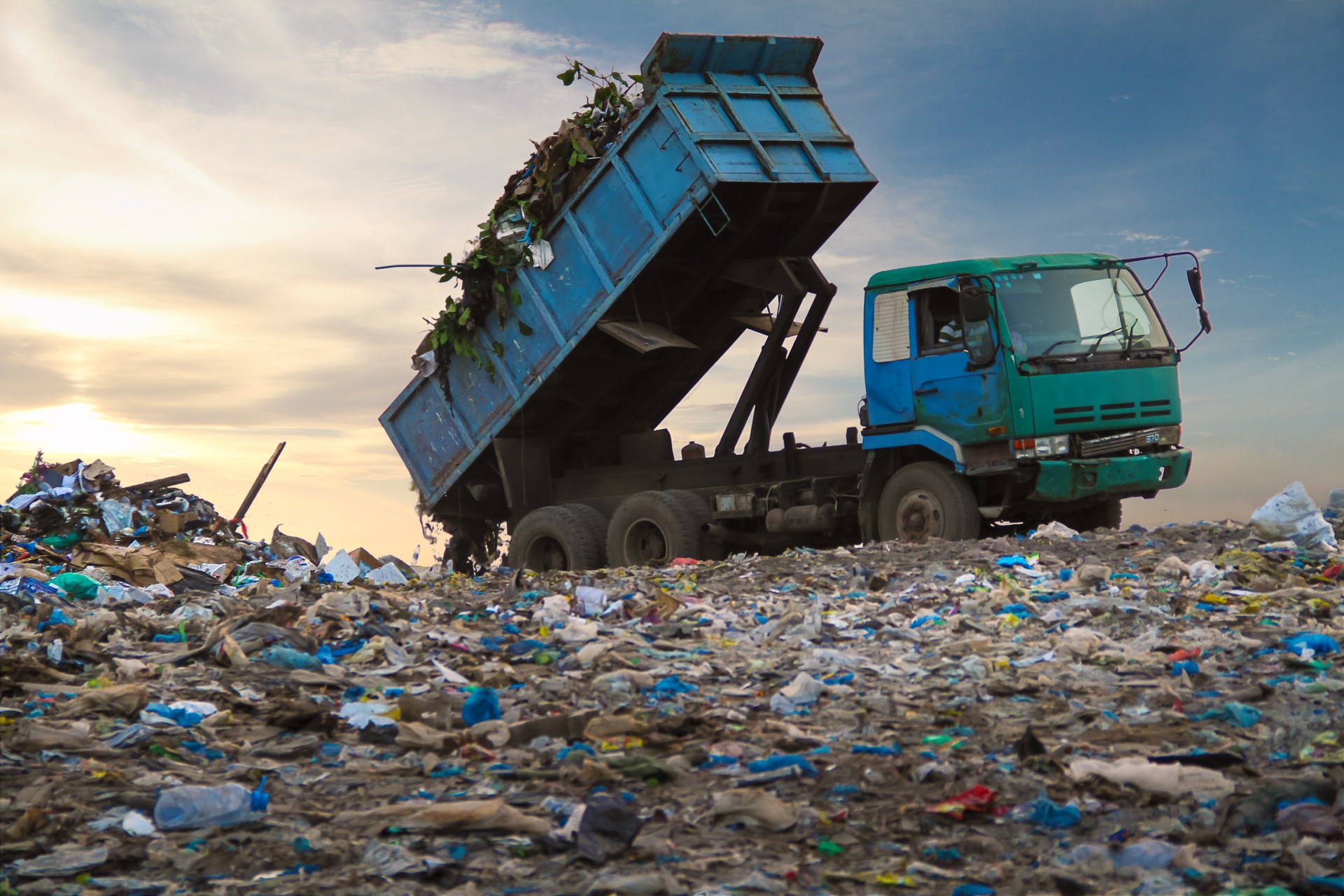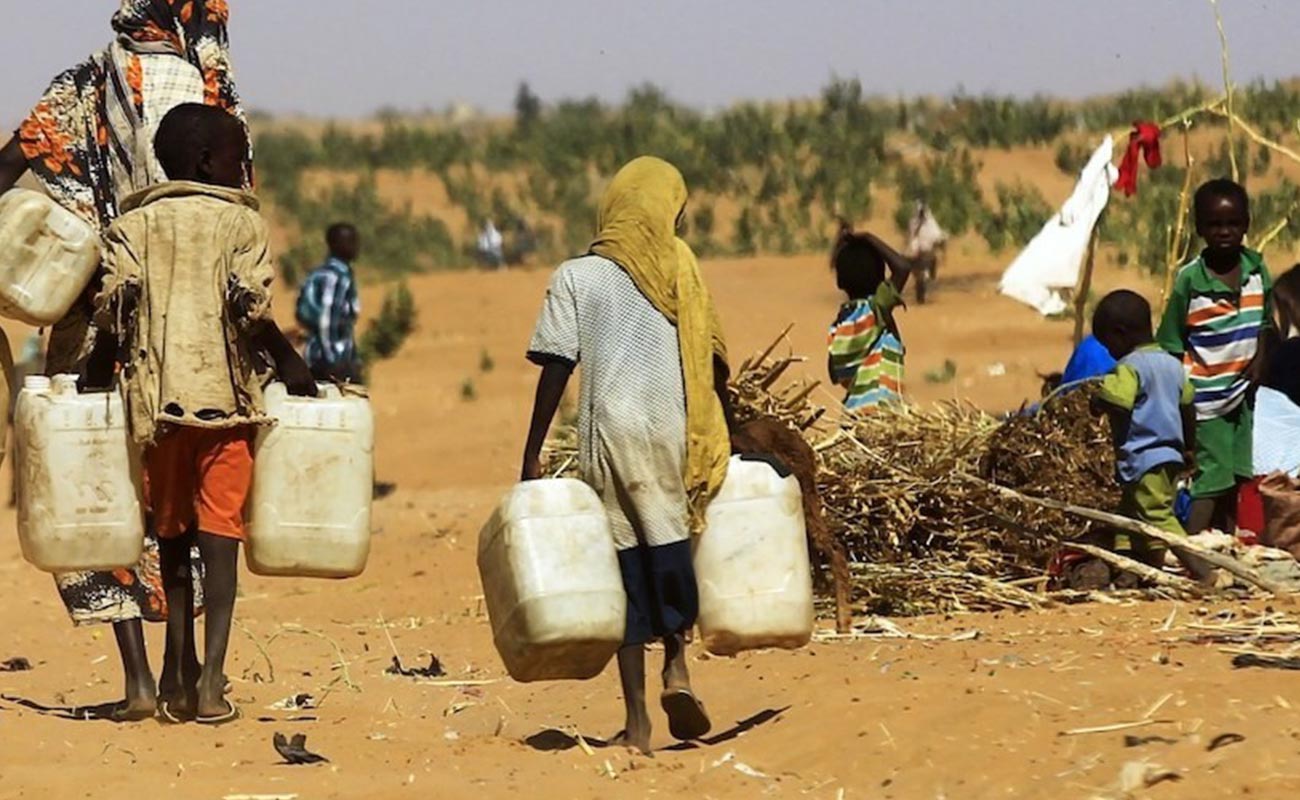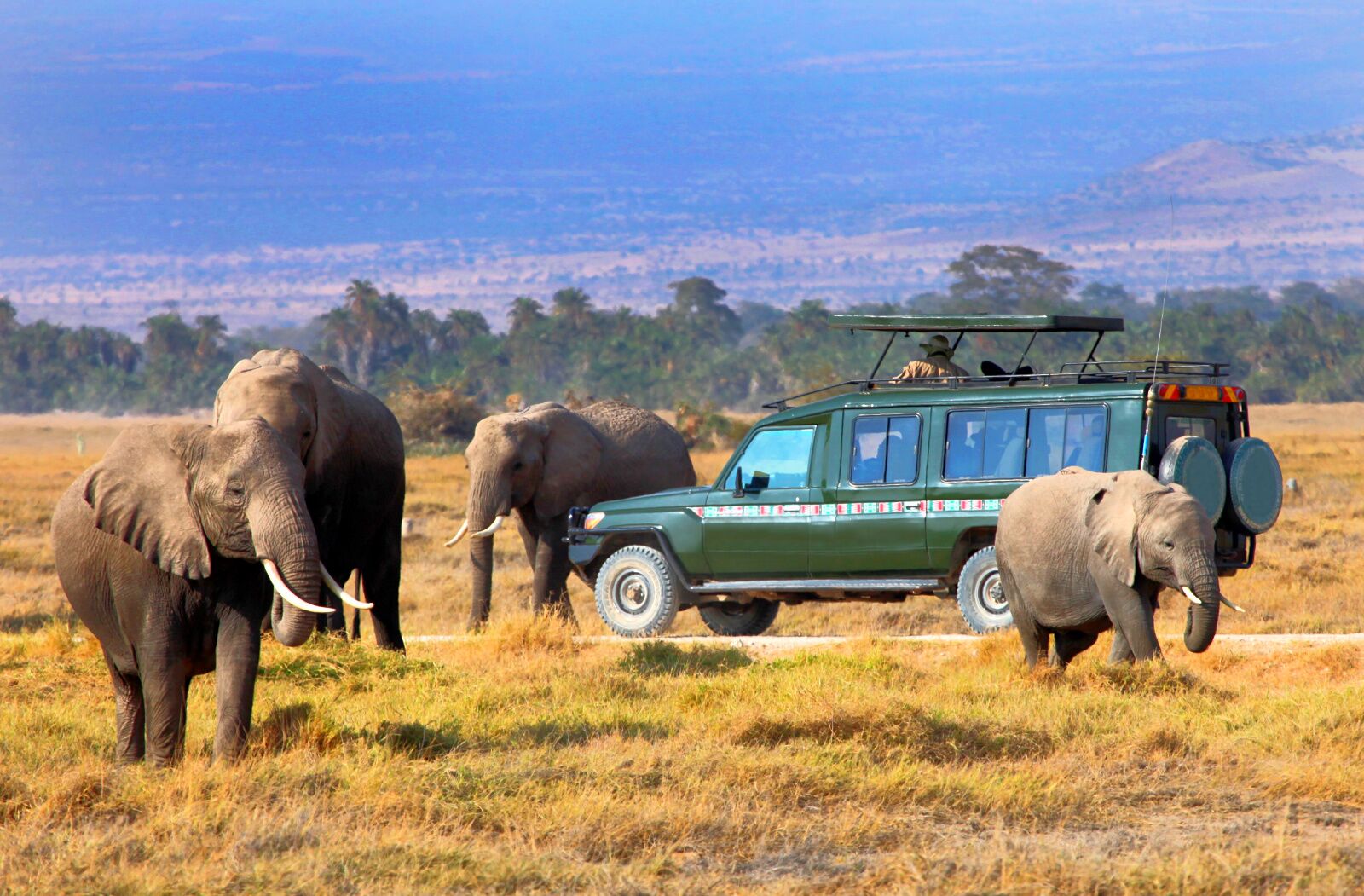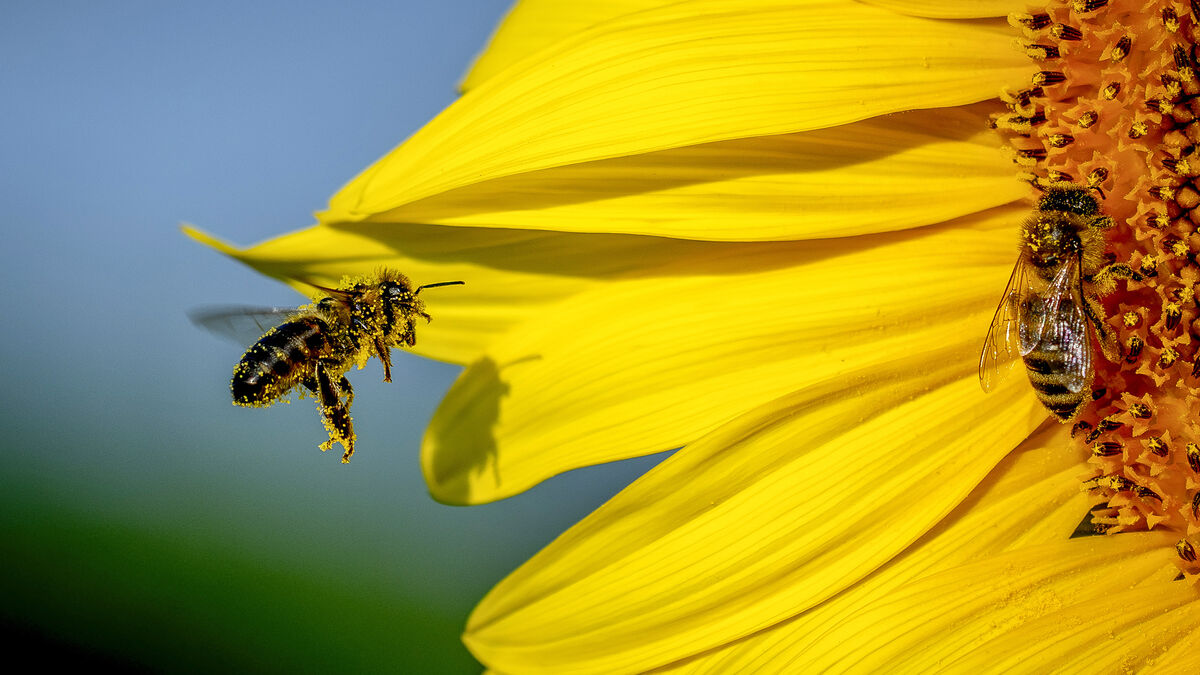Between 1997 and 2000, another prolonged dry spell left millions in need of food aid and caused significant economic damage. The 2010–2011 drought was one of the worst the Horn of Africa had seen in 60 years, affecting over 10 million people and triggering large-scale famine and livestock decimation.
Do you know about La Niña and its effects on Kenya? It’s one of the major drivers of drought across the country, with devastating consequences that have repeated over decades.
According to the World Meteorological Organization (WMO) and IGAD Climate Prediction and Applications Centre (ICPAC), there is a 60% likelihood of full onset by October–December 2025.
This period coincides with Kenya’s short rains season (October–December), which contributes up to 70% of annual rainfall in some regions.
Historically, Kenya has faced severe droughts linked to La Niña events, each leaving behind food insecurity, economic disruption, and displacement. The 1983–1984 drought, caused by inadequate rainfall, led to widespread food shortages and livestock losses.
Between 1997 and 2000, another prolonged dry spell left millions in need of food aid and caused significant economic damage. The 2010–2011 drought was one of the worst the Horn of Africa had seen in 60 years, affecting over 10 million people and triggering large-scale famine and livestock decimation.
More recently, the 2022–2023 drought was marked by five consecutive failed rainy seasons, forcing families to relocate in desperation.
While the saying goes that those who fail to learn from history are doomed to repeat it, Kenya has taken steps to learn and adapt. The government now promotes drought-resistant crops like sorghum and millet to ensure food production continues even under harsh conditions.
Livestock farmers receive support through animal feeds and veterinary services. The National Drought Management Authority (NDMA), a permanent institution born from the 1980s Turkana Drought Contingency Planning System, now leads Kenya’s drought response. NDMA manages the Drought Early Warning System (DEWS), publishing monthly bulletins that communicate drought status and recommend specific interventions.
Kenya’s climate policy has also evolved. The National Climate Change Response Strategy, first formulated in 2010, was followed by the 2013–2017 Climate Change Action Plans, then the 2018–2022 National Climate Change Action Plan. A new plan for 2023–2027 is currently in development.
The Hunger Safety Net Programme, originally funded by the UK’s Department for International Development, provides regular cash transfers to vulnerable households in arid and semi-arid regions.
In September 2025, NDMA reported that Ksh 294,494,400 was dispersed to 109,072 households across eight arid counties. Now a government-led initiative, the programme is a key part of the Inua Jamii Social Protection Framework.
To meet Kenya’s Vision 2030 goal of Ending Drought Emergencies, the Public Finance Management Drought Fund was operationalized in 2021 under Section 24(4) of the Public Finance Management Act (2012).
Its purpose is to ensure timely and adequate funding for drought interventions. Kenya also partners with NGOs, academic institutions, and international organizations such as the World Health Organization, World Bank, and Global Water Partnerships to strengthen its drought resilience.
These are just a few of the many efforts poured into shielding Kenya from the harsh realities of drought. New innovations continue to emerge, but it’s also the citizen’s responsibility to prepare, by storing water, saving food, and staying informed.
As we transition into another La Niña season, we can only hope for the best, but we must be wise and prepared.

